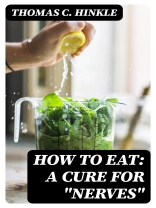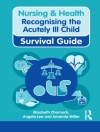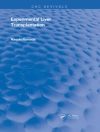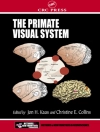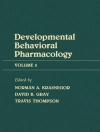In ‘How to Eat: A Cure for ‘Nerves, ” Thomas C. Hinkle explores the intricate relationship between diet and mental health, presenting a comprehensive guide that intertwines nutritional science with psychological wellness. Employing a conversational yet authoritative literary style, Hinkle draws from various dietary traditions, presenting readers with actionable insights tailored to alleviate anxiety and stress. His work resonates within the burgeoning field of psychonutrition, a context wherein the impact of food choices on psychological health is critically examined, making Hinkle’s offering both timely and relevant. Hinkle, a renowned nutritionist with a background in psychology, brings a unique lens to the discussion of food and mental well-being. His experiences observing the profound effects of dietary habits on his clients’ emotional states have informed his holistic approach. As a proponent of integrating practical nutrition with mental health paradigms, Hinkle’s commitment to improving lives through informed eating choices is evident throughout this work, reflecting both personal passion and professional expertise. For readers seeking both relief from anxiety and effective dietary strategies, ‘How to Eat: A Cure for ‘Nerves” serves as an indispensable resource. Hinkle’s accessible approach empowers individuals to take charge of their mental health through informed nutrition, making it a must-read for anyone invested in a healthier, more balanced lifestyle.
Circa l’autore
Thomas C. Hinkle, an early 20th-century writer, remains a lesser-known figure in the annals of literary history. Notwithstanding his relative obscurity, Hinkle contributed to the corpus of health and wellness literature with his book ‘How to Eat: A Cure for ‘Nerves’.’ His work, which targeted the layperson, was emblematic of an era that saw burgeoning interest in managing personal health and overcoming the challenges of modern stress through diet and nutrition. While little is publicly documented about Hinkle’s life and the extent of his literary oeuvre, his book takes its place among early self-help and health manuals that sought to empower individuals to take charge of their well-being through informed dietary choices. Hinkle’s writing reflects the period’s preoccupations and posits a connection between dietary habits and mental health, a concept that has gained significant scientific support in the intervening years. ‘How to Eat’ combined practical advice with a persuasive narrative to address what Hinkle deemed the modern epidemic of ‘nerves, ‘ proposing solutions rooted in dietary modifications rather than medical intervention. Despite the scarcity of information regarding his other works or literary achievements, Hinkle’s contribution to health and wellness literature provides an interesting snapshot of early 20th-century health beliefs and the roots of contemporary holistic health movements.
